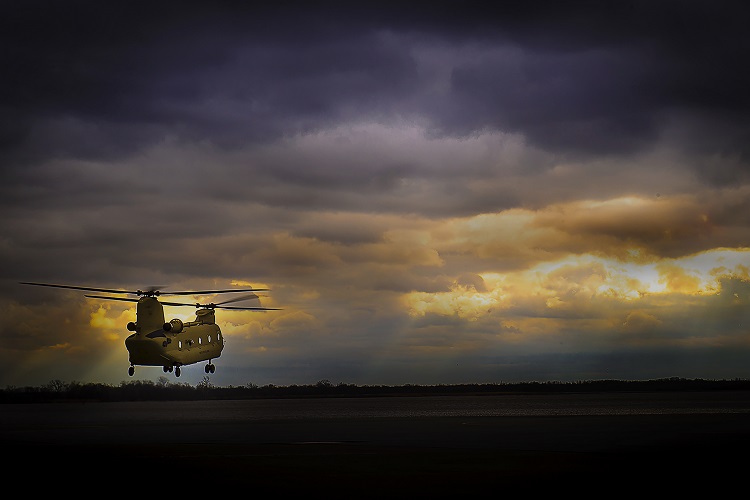Bombardier Celebrates 25th Anniversary of Germany’s First Automatic People Mover System
INNOVIA APM vehicles carry twelve million passengers annually at Frankfurt am Main Airport – with almost 100 percent reliabilityThe system’s 25-year anniversary corresponds with Fraport’s opening of Terminal 2 Bombardier's Frankfurt team celebrating the 25th anniversary…
